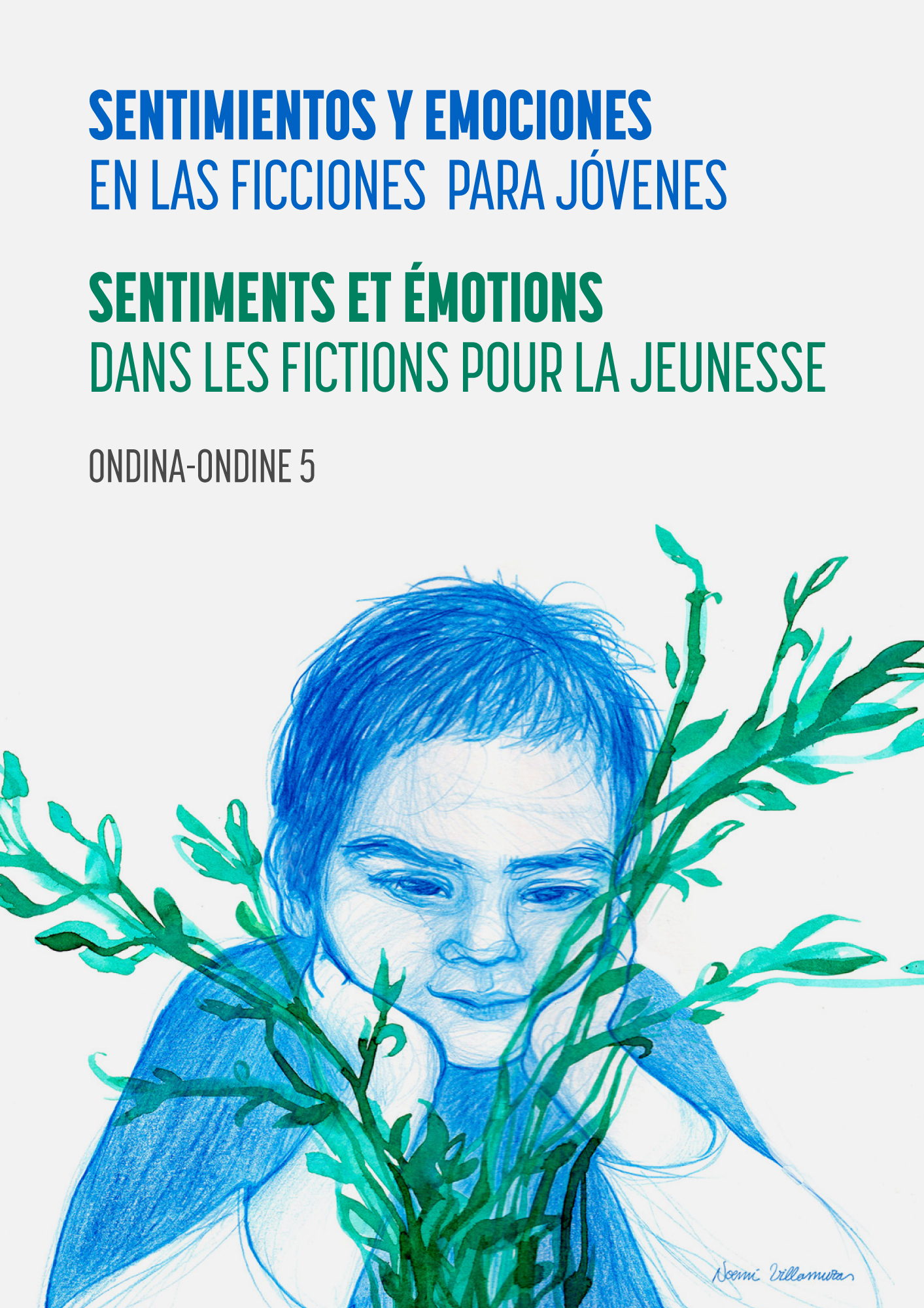From garden to graveyard: nature, sacrifice and mourning management in educational novels for girls (1860 - 1910)
DOI:
https://doi.org/10.26754/ojs_ondina/ond.202054446Abstract
From 1859, France, the United Kingdom and the United States knew a trend of educational books for young girls aged ten to fourteen. These novels teach social norms as much as the gestion of emotions and agressivité. In la Comtesse de Ségur’s Sophie’s cycle (Les Malheurs de Sophie, Les Petites filles modèles, Les Vacances, 1857-1859) and in Frances Hodgson Burnett’s The Secret Garden (1911), young girls take care of a garden that teaches them about effort, while revealing the untamable side of nature. If it shows them how to weed out bad passions and how to wait for the good ones to bear fruit, the garden also shows the young girl that the body is meant to love and to die. Nature unfolds as a « physis », an inevitable growing movement that fatally culminates with death. Behind the cheerful image of the inner garden conquered by effort and patience, the novel can teach female sensitivity how to face passion and death.
Keywords:
Initiation novel, mourning, separation, anger, orphanhood, widowhood, microcosm, femininity.
Downloads
Downloads
Published
How to Cite
Issue
Section
License

Creative Commons License 4.0.
Los autores son los depositarios del copyright Creative Commons
Accepted 2020-11-15
Published 2021-01-12




